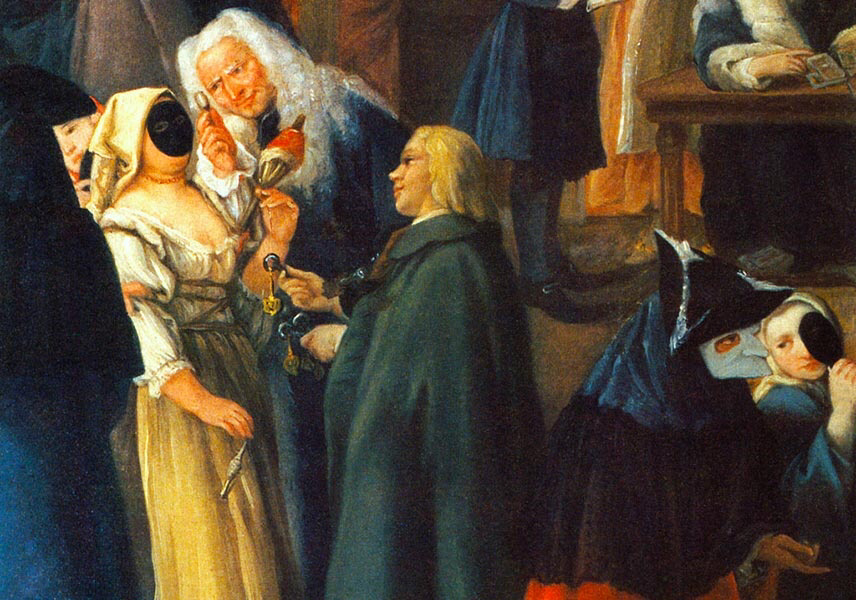|
I am developing a new project called ‘Masked’. The theme is prompted by the Coronavirus and the fact that masks look likely to be part of our culture for the foreseeable future, but not directly connected to it for obvious reasons. Instead, my research and inspiration centres around masks that can transform identity and imbue power, which is clearly much more thrilling than PPE. Masks throughout history have played a crucial role in the development of what it means to be human because they permit the imaginative experience of what it’s like to become a different character, or to affirm an existing social or spiritual identity. Through the creation of a collection of sculptural costumes I want to manipulate identity, challenging the conventions of body image and camouflaging the wearer, creating a second skin that masks gender, race, class and ability. Across time and culture masks have had many purposes and held varying spiritual significance. Many believed that masks gave them a direct connection with the supernatural and that as they were being made they increasingly acquired power in their own right. Masks were created to portray ancestors, animals and mythical heroes in the hope that the spirits would be pleased and bless their tribe with good tidings. In Mali the antelope is the symbol of agriculture and it’s mask is worn to encourage a good harvest. In China Wedding masks were used to bring good luck and ensure a lasting marriage. I’m considering giving each of my costumes a power or purpose other than decorative. My sketches so far involve manipulating head shape, and in line with African mask making tradition a wide, bulging forehead represents wisdom and a mask with a large chin represents power and strength. I’m enjoying this train of thought and imagining wearing my mask of wisdom around the house as I dish out advise to my kids. Furthermore there's a theory that the mask maker actually absorbs some of the power as the mask is created. I have ALWAYS longed for a super power. Masks exist also as devices for disguise, playfulness and theatrics. Masks used in Chinese Opera are colour coded, so that the audience can immediately determine the personality traits of each character and actors in the theatres of Ancient Greece wore masks that cleverly contained a brass megaphone in the mouth to amplify their voice. In complete contrast a C17th Venetian mask called a moretta muta (pictured) was held in place by a button on the inside that the wearer (always women) would grip between her teeth rendering her mute. Unable to speak and with her face hidden under a plain black velvet mask, the wearer’s intention was to appear more beautiful and clearly more mysterious, however, she would also hilight her nipples by painting them red, so they could be seen beneath her blouse. The thinking behind the moretta muta was that the real, hidden treasure lay within, which I suppose was her inner beauty, but to be honest I’m slightly confused by the nipple painting. I am, however, particularly drawn to the idea that a mask accentuates our inner qualities and removes the opportunity for prejudice. Essentially, we are all equal behind a mask. In the Greek bacchanalia and the Venice carnivals, masks were worn to give anonymity, allowing their wearer to “cavort in merry revelry outside their rank or status”. Oh to cavort in merry revelry again soon! Amongst friends and family. With or without a mask.
1 Comment
Shiona Ruhemann
19/11/2020 11:24:47 pm
I loved reading this, thinking about how meaningful and significant masks have been for centuries rather than what they’ve become this year
Reply
Leave a Reply. |
Author - Alison Brown is a Costume Designer and maker based in Scotland.
Archives
February 2021
Categories
All
|

 RSS Feed
RSS Feed
